Ever stared blankly at the steak cuts, unsure which to pick? Did you wonder about the difference between a T-bone Steak and a Porterhouse? Or why is Filet Mignon so superior? Trust me, you’re not alone!
Understanding the different types of steak cuts can feel like navigating a maze when you just want a delicious, juicy steak. Knowing the differences can transform your cooking and dining. You might seek a tender, melt-in-your-mouth steak but choose one better for slow cooking. Or pay a premium for a cut without realizing there’s an equally good, affordable option.
No worry! This guide will walk you through everything you need to know about steak cuts, including their unique characteristics and the best ways to cook them.
Ribeye Steak
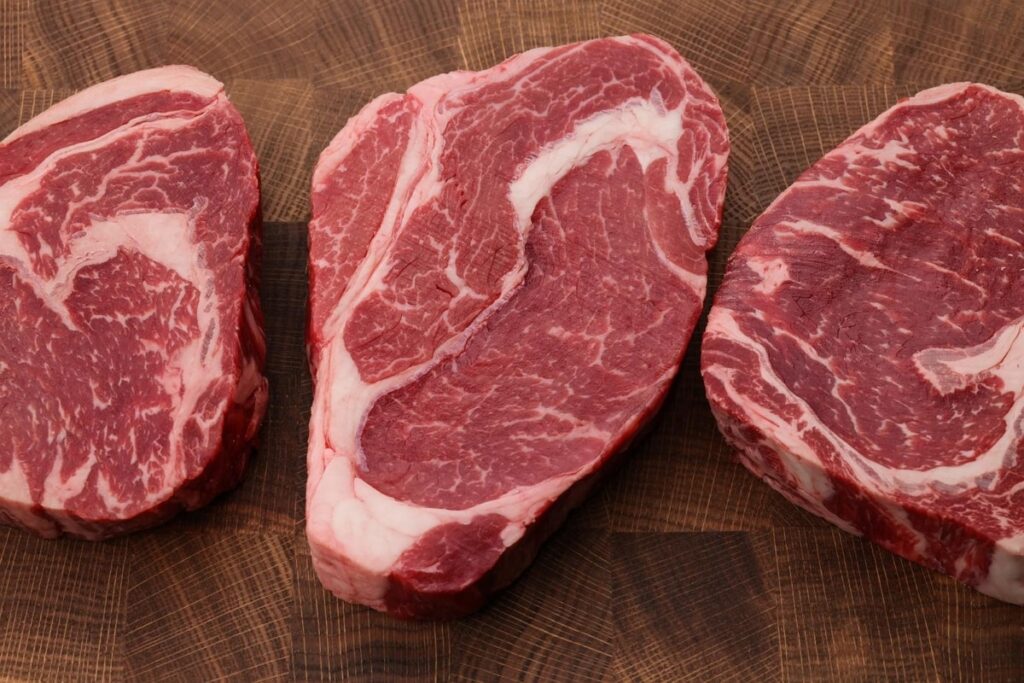
The ribeye steak, also known as a ribeye roll steak, cowboy steak, or Spencer steak. It’s a popular cut of beef known for its rich flavor and tenderness. It comes from the rib section of the cow, specifically from ribs six through twelve, and is characterized by its marbling, which is the fat interspersed within the muscle. This marbling gives the ribeye steak its juicy and flavorful qualities. Ribeye steaks can be sold with or without the bone. Bone-in ribeyes are often referred to as “cowboy steaks” or “tomahawk steaks” when they include a longer rib bone.
How to Cook It: Ribeye steaks are best cooked using high-heat methods such as grilling, broiling, or pan-searing. These methods help to achieve a flavorful crust while keeping the inside tender and juicy. Ribeye steaks can be cooked to various levels of doneness, but many enthusiasts prefer them medium-rare to medium to enjoy their full flavor.
Recipe Ideas: Air Fryer Ribeye, Sous Vide Ribeye Steak, Reverse Seared Ribeye, Prime Rib Roast
Filet Mignon
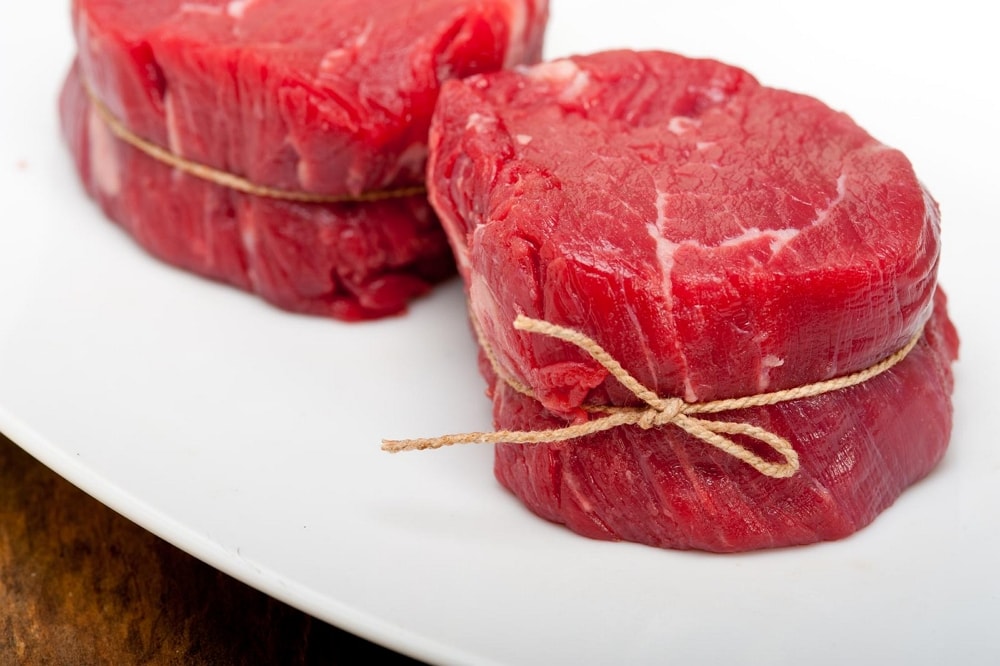
The Filet Mignon, often referred to as the Tenderloin Steak, Beef Loin Steak, or simply Filet, stands unparalleled as the pinnacle of steak cuts, renowned for its exceptional tenderness and exquisite flavor. Sourced from the larger Tenderloin section within the Beef Loin Primal, this steak epitomizes luxury and culinary excellence.
When you cook filet mignon properly, the result shows a buttery-soft texture and a clean, mild beef flavor. This highly coveted cut is lean, extraordinarily tender, and meticulously wet-aged to enhance its inherent qualities. It is the ultimate choice for those seeking a refined and memorable dining experience.
Recipe Ideas: Air Fryer Filet Mignon
New York Strip Steak
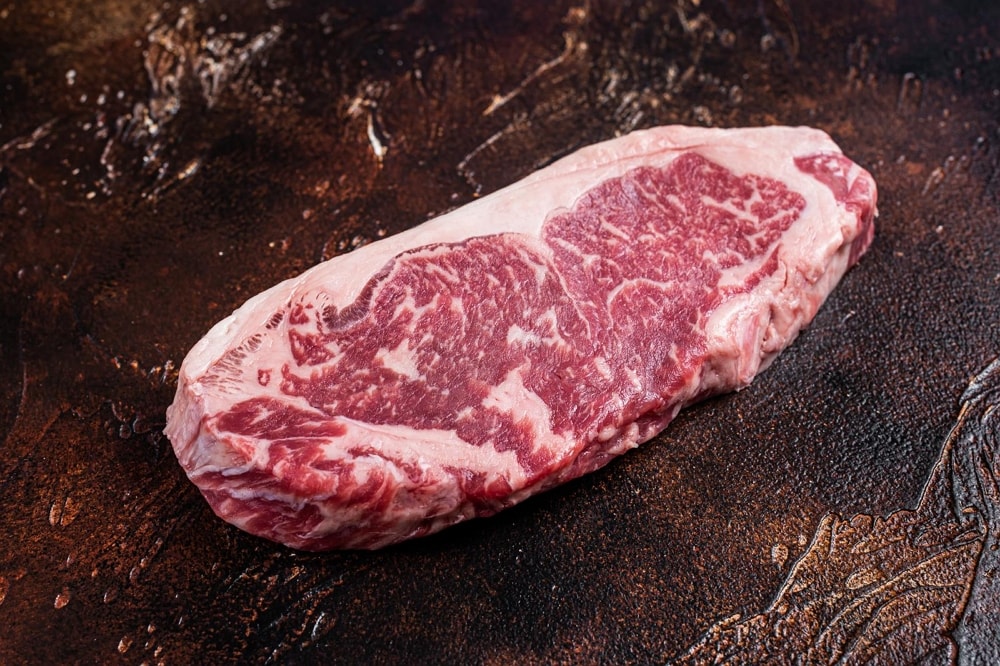
The New York Strip Steak, also known as the Strip Loin Steak, Kansas City Strip, or Sirloin Steak, is one of the most iconic and flavorful cuts of beef. The New York Strip is sourced from the short loin section of the Beef Loin Primal. This area of the cow does minimal work, resulting in a tender cut. With its fine texture and moderate marbling, this steak becomes juicy and delicious when cooked. Compared to the Filet Mignon, the New York Strip has a slightly firmer texture, offering a pleasant chew.
How to Cook It: Whether you’re grilling, pan-searing, or broiling, the New York Strip Steak brings out its best flavors. For optimal taste, it’s recommended to cook it to medium rare or medium.
Recipe Ideas: Air Fryer New York Strip Steak
T-bone Steak
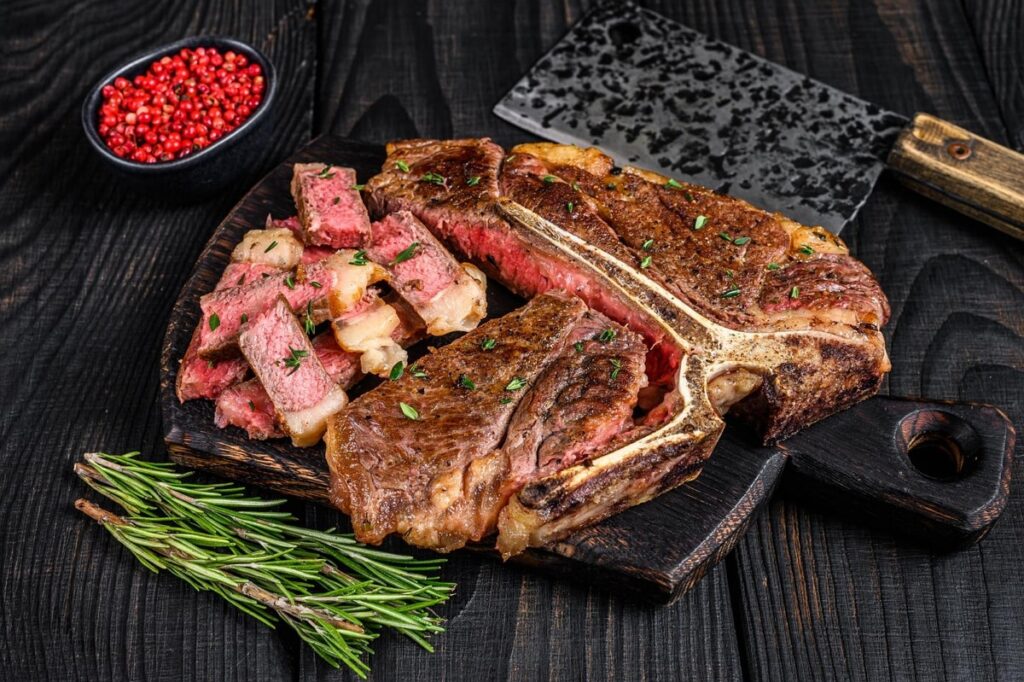
The T-Bone Steak, also known as Porterhouse in certain regions, is a distinguished cut sourced from the short loin section of the Beef Loin Primal. Recognized for its T-shaped bone that divides the tenderloin and strip steak, this cut offers a harmonious blend of tenderness and robust flavor. The tenderloin portion provides an unparalleled melt-in-your-mouth experience, while the strip steak delivers a rich, beefy taste with excellent marbling for juiciness.
How to Cook It: Ideal for grilling, broiling, or pan-searing, the T-Bone Steak is best cooked quickly over high heat to medium-rare or medium, ensuring a perfect balance of textures and flavors.
Recipe Ideas: Sous Vide T-Bone Steak
Porterhouse Steak
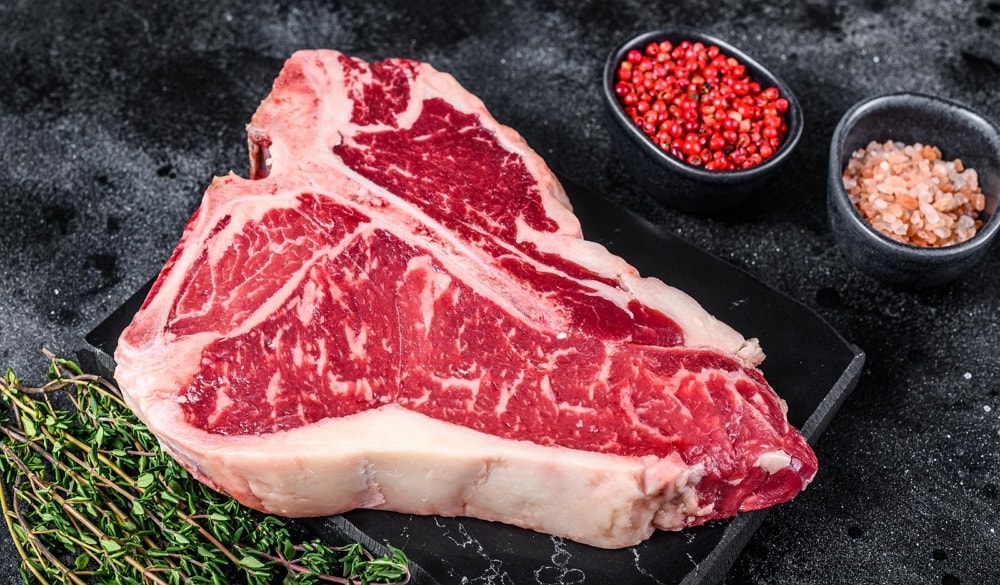
While the Porterhouse and T-Bone steaks both come from the short loin, the key difference is the tenderloin size. The Porterhouse boasts a significantly larger tenderloin section compared to the T-Bone. It measures at least 1¼ inches from the interior bone to the widest edge.
How to Cook It: Porterhouse steaks are best cooked using high-heat methods such as grilling, broiling, or pan-searing to develop a flavorful crust while keeping the interior tender and juicy. Due to the thickness of Porterhouse steaks, they may require a combination of direct and indirect heat to ensure even cooking. They can be cooked to various levels of doneness, but many prefer them medium-rare to medium to fully enjoy the flavors and tenderness of both the tenderloin and strip steak portions. Using a wireless meat thermometer to check the internal temperature can help achieve the desired doneness.

Long Range Wireless Meat Thermometer
Tomahawk Steak
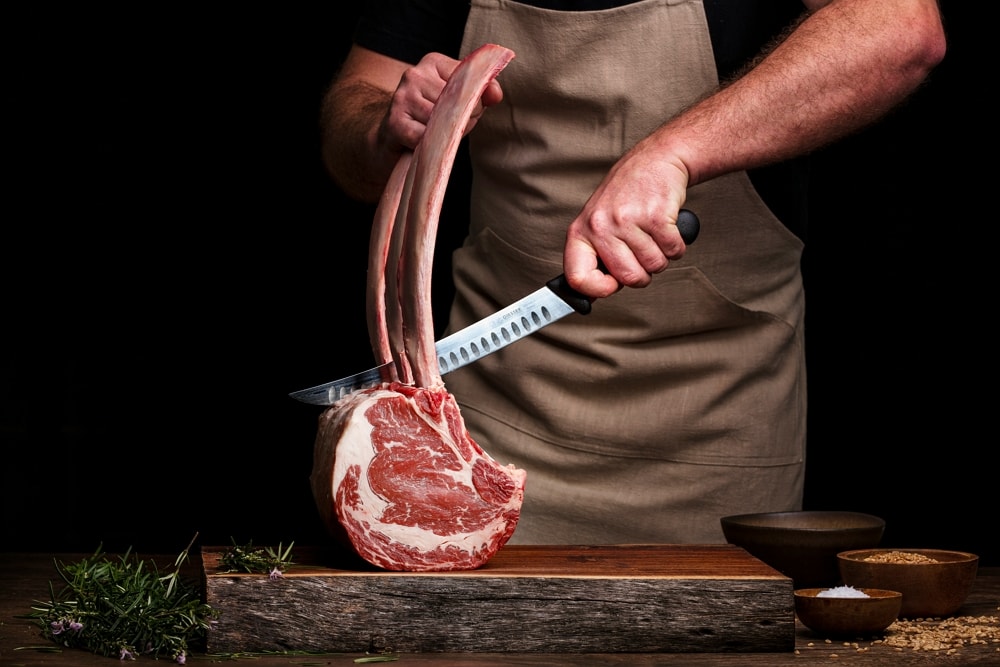
The Tomahawk Steak, named for its long bone resembling a tomahawk axe, is a visually striking cut of beef. It is sourced from the rib section of the Beef Rib Primal. Essentially a bone-in ribeye with an extended frenched bone, this steak is celebrated for its rich marbling. This marbling imparts exceptional tenderness and a robust, beefy flavor. This specialty steak lives up to nicknames like “The Star of the Show” and “The Steak of the Year.”
How to Cook It: Ideal for grilling or oven roasting, the Tomahawk Steak should be seared over high heat. It should then be cooked to medium-rare or medium for optimal juiciness. Resembling a Ribeye in taste, the thick-cut Tomahawk is one of the most eye-catching steaks. You’ll find it on any menu, combining visual appeal with delectable flavor.
Flank Steak
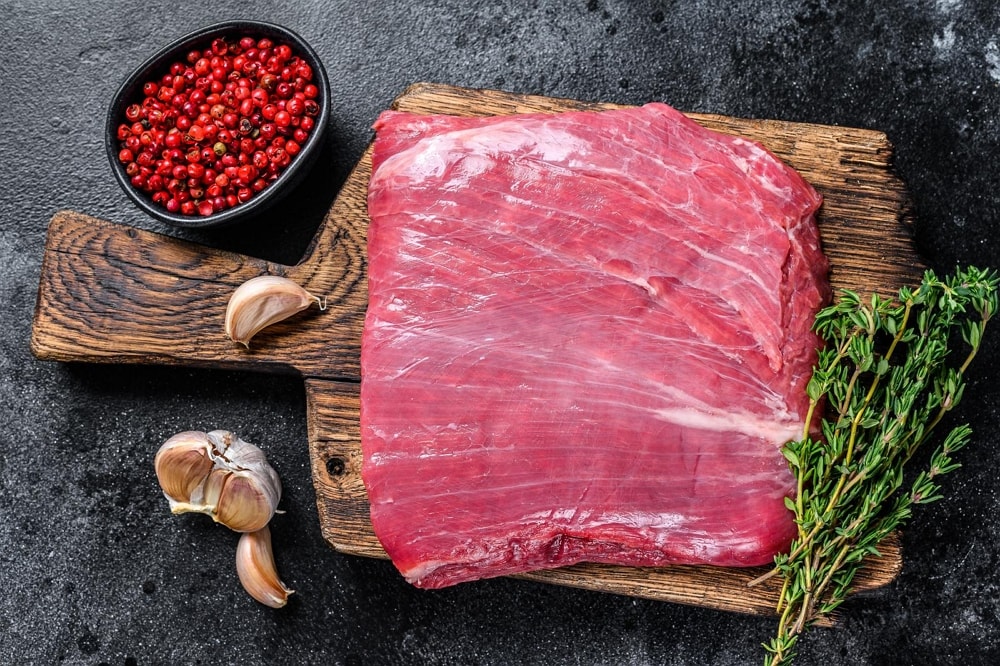
Flank Steak comes from the lower chest or abdominal muscles of the cow, specifically from the Flank Primal. It is lean with a pronounced beefy flavor. Its distinct grain makes it ideal for marinating, which helps to tenderize the meat and enhance its taste. When cooked correctly, it offers a pleasant chew without being tough.
How to Cook It: This cut is best cooked quickly over high heat and served medium-rare to medium. Common methods include grilling, broiling, or pan-searing. It’s essential to cut Flank Steak against the grain to maximize tenderness.
Skirt Steak
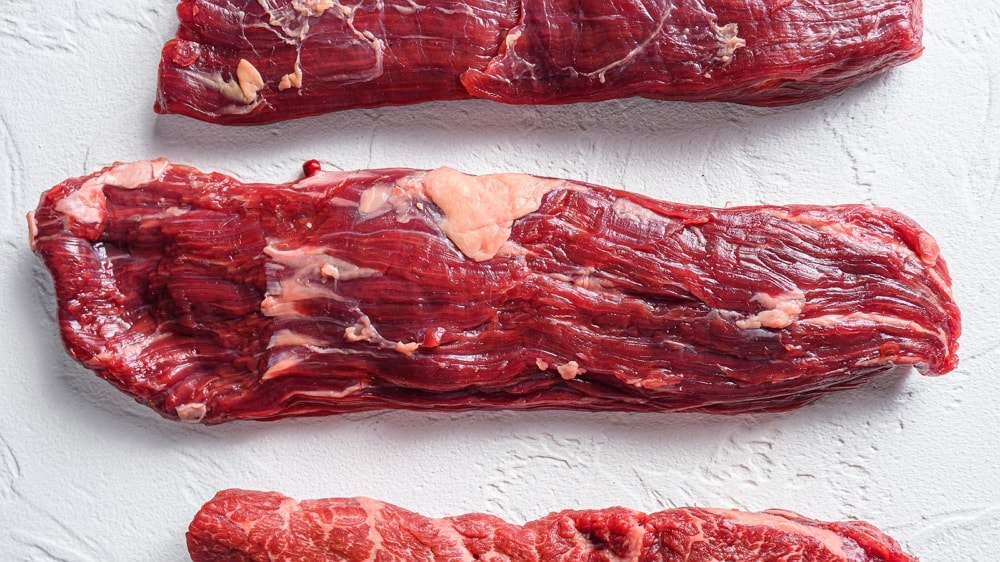
Skirt steak is a long, thin muscle cut from the diaphragm section of the cow’s belly. The muscle fibers are lengthy and contain a lot of connective tissue. When cooked properly, it becomes juicy and tender. There are two types of skirt steak: inside skirt and outside skirt. Most butchers remove the thick outer membranes before selling, making it easier to cook and enjoy.
How to Cook It: It’s best to marinate skirt steak in an acidic marinade for at least 30 minutes, like the one used in this grilled skirt steak with red peppers and onions recipe. Then, flash sear it over high heat and serve it medium-rare to medium. Be sure to cut the steak against the grain to avoid chewy bites. If you have leftovers, make sure to reheat the steak properly to maintain its tenderness.
Hanger Steak
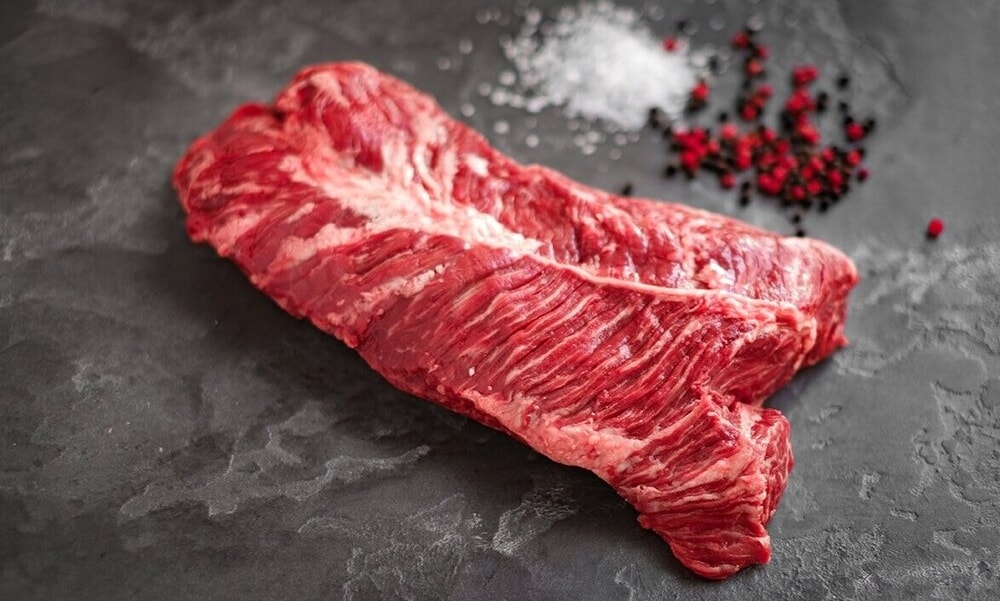
Hanger steak is a flavorful and relatively tender cut of beef that comes from the diaphragm of the cow, near the lower belly. It is sometimes referred to as the “butcher’s steak” because butchers would often keep it for themselves due to its rich flavor. The hanger steak is characterized by its loose texture and deep, beefy taste. Although there is a long inedible membrane running down the middle, hanger steak is often considered one of the tenderest cuts of meat. It is usually a more affordable cut compared to other premium steaks, making it a favorite among steak enthusiasts for its value and taste.
How to Cook It: Hanger steak is more tender than skirt or flank but can become tough if overcooked. It is best cooked to medium rare (125-130°F). Marinate with a strong acid (like citrus juice, vinegar, or wine) for added moisture and tenderness. Cook hot and fast using direct heat on a grill, broiler, or in a hot skillet. Always cut against the grain: first into short sections, then into thin strips, to ensure tenderness and ease of eating.
Flat Iron Steak
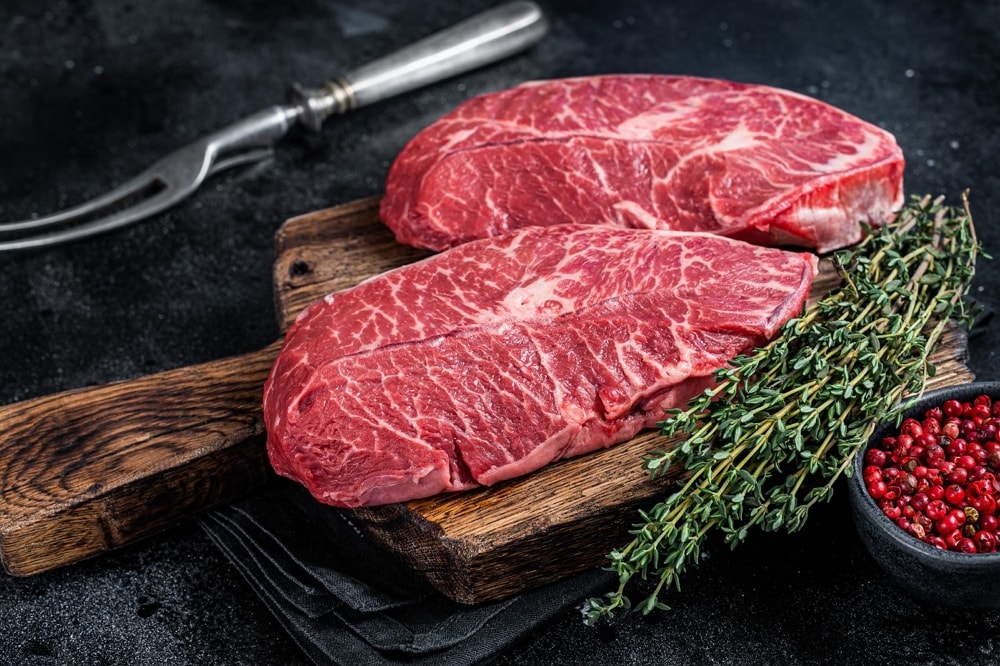
Flat Iron Steak, also known as Top Blade Steak, comes from the cow’s shoulder. The Flat Iron Steak is cut from the shoulder area, specifically the top blade portion of the chuck. This cut boasts incredible tenderness and rich flavor. Its excellent marbling ensures the steak remains juicy and flavorful during cooking.
How to Cook It: Chefs often choose it for grilling, pan-searing, or broiling. For the best results, cook it to medium-rare or medium. Always let it rest after cooking to retain its juices. Its uniform thickness guarantees even cooking every time. This steak is ideal for steak sandwiches, salads, or as a main dish with vegetables. The Flat Iron Steak is second only to filet mignon in tenderness.
FAQs about Steak Cuts
Marbled steak cuts, known for their rich flavor and tenderness, include ribeye, New York strip, porterhouse, T-bone, chuck eye, and flat iron.
The most tender cut of steak is the filet mignon, which comes from the tenderloin of the cow.
The most expensive steak cut is typically the Japanese Wagyu beef, particularly the highly marbled A5 Wagyu or Kobe beef.
Many chefs prefer the ribeye steak due to its rich marbling, flavor, and tenderness.

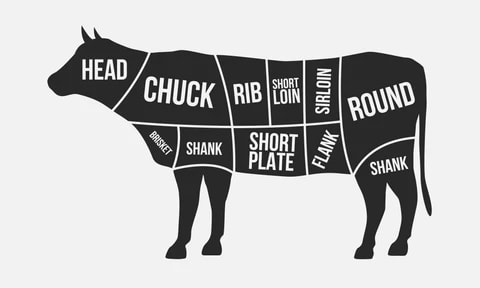
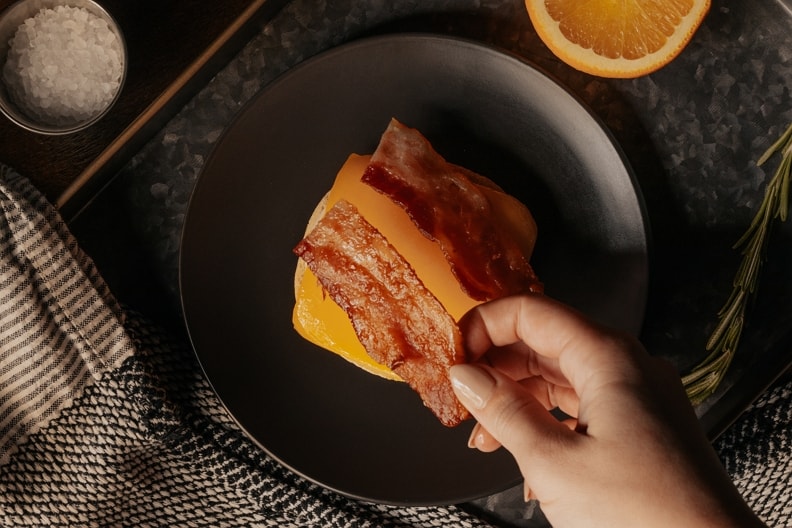
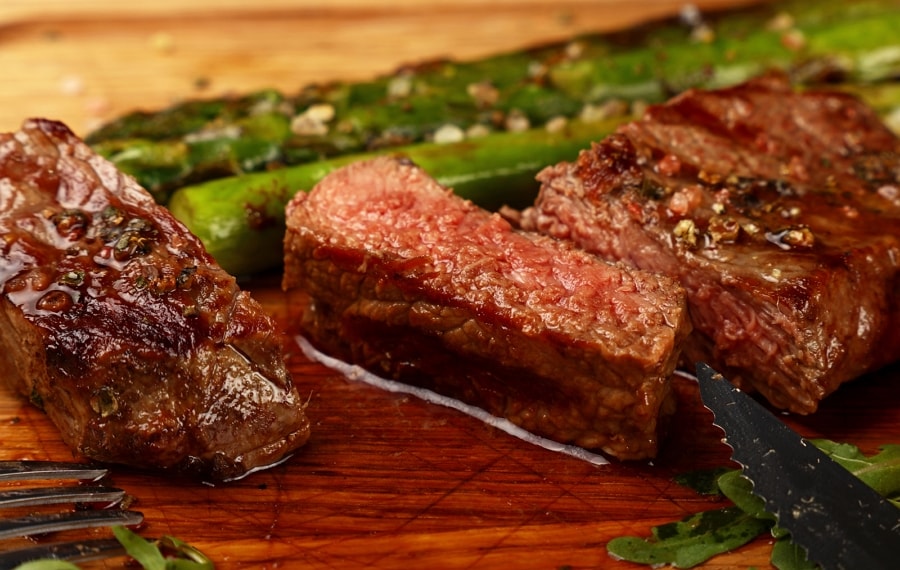
Loved this article! It breaks down all the steak cuts so clearly and gives great tips on how to cook them. Super helpful for steak fans—great job!
Such a great read!